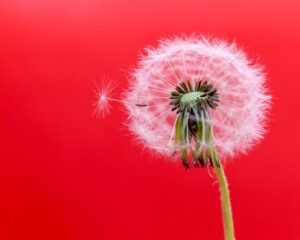
Negative space is an important element of photography that can make a big impact on the way your photos are perceived. It refers to the space around and between the subject(s) in your photos, and can be used to create a sense of balance, contrast, and visual interest. In this blog post, we’ll explore what negative space is and how you can use it to create more impactful photos.
What is Negative Space?
Negative space is the area around and between the subject(s) in your photos. It’s often referred to as “empty” or “unused” space, but it’s actually an important element of your composition. Negative space can be any color or texture, and can be used to create contrast, balance, and visual interest in your photos.
How to Use Negative Space in Photography
Using negative space in your photos can be a powerful way to create more impact and visual interest. Here are some ways you can use negative space in your photography:
- Emphasize the Subject: By using negative space around your subject, you can draw attention to the subject and create a sense of importance. This works particularly well in portraits, where negative space can be used to create a sense of intimacy or to highlight facial features.
- Create Balance: Negative space can also be used to create balance and harmony in your photos. By positioning your subject off-center and using negative space to balance the composition, you can create a sense of visual tension that draws the viewer’s eye around the frame.
- Enhance Minimalism: Negative space is a key element of minimalist photography, where the focus is on simplicity and minimal elements. By using negative space to emphasize a single subject or object, you can create a powerful, minimalist composition.
- Add Depth and Scale: Negative space can also be used to create a sense of depth and scale in your photos. By including a large amount of negative space in a landscape photo, for example, you can create a sense of vastness and depth.
When to Avoid Negative Space
While negative space can be a powerful element in your photography, it’s important to use it wisely. Here are some situations where you might want to avoid using negative space:
- Busy Scenes: If your photo already has a lot of elements and visual information, adding negative space can make it feel cluttered and overwhelming.
- Complex Subjects: If your subject is already complex and visually interesting, adding too much negative space can detract from the subject and create a sense of confusion.
- Storytelling: If your photo is meant to tell a story or convey a specific message, negative space may not be the best way to do so.
In conclusion, negative space is an important element of photography that can be used to create a sense of balance, contrast, and visual interest in your photos. By using negative space wisely and creatively, you can take your photography to the next level and create more impactful images. So next time you’re out with your camera, experiment with negative space and see how it can enhance your photos!


